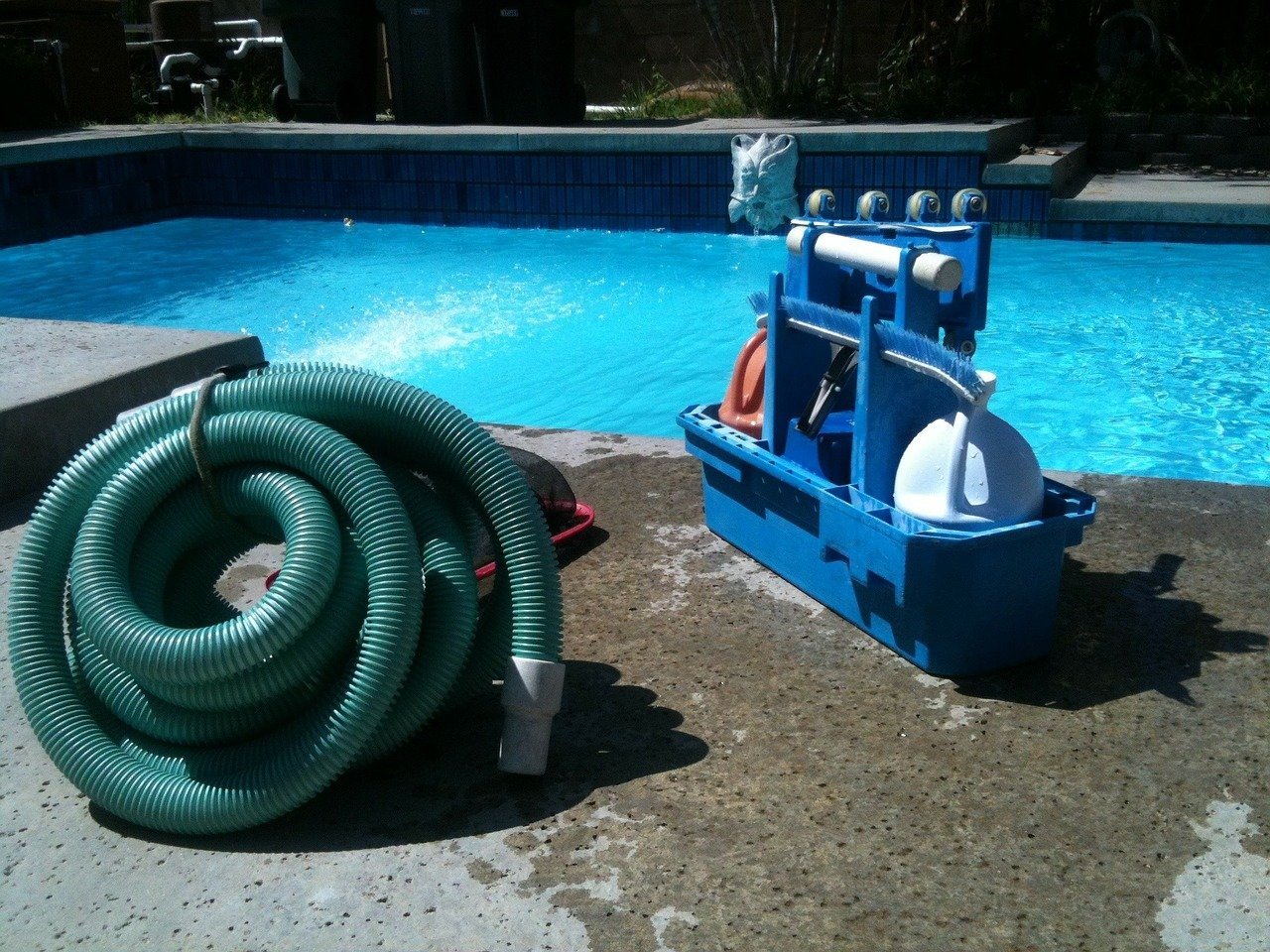Pool Maintenance Tips : The tools listed below are DIY and not widely available in the market. A pool maintainer is a handheld device that attaches to the return line of a pool pump, and uses a vacuum attached to its intake to draw water up from the bottom of the pool. The water flows through a pump, filter, heater, or chemical dispenser for treatment. A typical pump and filter can maintain an above-ground swimming pool with one or two pumps and filters.
Maintaining your own pool with DIY tools is cheaper than maintaining it using professional services. However, the absence of chemical treatment may lead to algae growth in some cases. It’s always best to consult your local authority before using DIY materials for home pools.
Pool builders Mackay are people in the profession of building, repairing, and maintaining swimming pools. They typically work full-time for a pool company.
Table of Contents
What are the Different Types of Hoses and How to Understand Them?
Hoses are one of the most common types of garden and home tools, and they come in a variety of materials. To make the hose, a variety of plastics such as nylon, polyester, and polypropylene can be used.

However, these materials are not suitable for water-based applications because they will clog easily with dirt or debris. For this type of hose, rubber is commonly used.
The three major types of hoses are:
– Plastic hoses
– Rubber hoses
– Stainless steel hoses
A hose has a nozzle at one end which is used to create a tight seal with a water source. The other end is where you attach your fittings.
Maintaining Your Swimming Pool Without Chemicals
The use of chemicals in swimming pools can be harmful to your health. This is why many swimming pool owners are turning to Artificial Intelligence as a solution for maintaining their pools without using chemicals.
This article discusses the best practices for keeping your swimming pool clean without the use of chemicals. It also talks about how AI tools can help you maintain your pool without chemicals.
This article will discuss how Artificial Intelligence is helping homeowners and business owners to maintain their swimming pools, and how they are helping them minimize the risk of exposure to potentially unsafe chemicals.
Using Salt Water Without Chemicals in Your Swimming Pool
Salt water pools are a popular choice for many people these days due to their easy maintenance and soothing effects. However, there are some problems that can arise from using salt water in your pool.
There is a high concentration of salt in the pool, which can cause scaling, rusting and corrosion of metal surfaces as well as concrete and stone. Over time, this can lead to structural damage and leaks in the pool’s membrane or liner.
Salt is a corrosive material that can cause damage to various surfaces over time. Because of this, pool owners are advised to add a high concentration of salt in the pool in order to maintain the inside and outside of the pool.
Salt is also corrosive to fiberglass surfaces if used on a regular basis. Salt will leave behind residue on the surface of your swimming pool that can be damaging to it over time.
Maintaining a Swimming Pool Using Salt Water & Other Natural Methods
Choose natural methods to maintain a swimming pool and you can avoid using harsh chemicals.
Salt water is a popular option for maintaining a swimming pool because it can kill algae, bacteria, and fungi without the use of harsh chemicals. Additionally, it prevents corrosion and keeps the pH balanced.
Additionally, adding water conditioner to the pool can help restore its pH balance without adding toxic chemicals.
Pools can become more acidic than they should and cause health problems for swimmers. There are many ways to correct the pH of a pool, but adding water conditioner is a cheap and easy way to maintain proper pH in your pool without adding any toxic chemicals.
Keeping Your Pool Ready for Spring with the Right Tests & Measurements!
Spring is just around the corner so it’s the perfect time to clean up your pool and make sure it’s ready for swimming. However, you need to take a few precautions before diving in. The most important thing is to test your water with the right tests and measurements, even if you are not sure what they are.
Come springtime, when the weather is warm enough to start swimming in your pool, you’ll want to make sure it is safe and ready for visitors. Here are some tips on how to clean your pool.
There are many different types of tests and measurements that you can use, depending on what your needs are. Here is a list of some popular ones:
– pH levels
– Alkalinity levels
– Turbidity levels
– Chlorine residual
– Calcium Hardness
– Cyanuric Acid (CA) level
